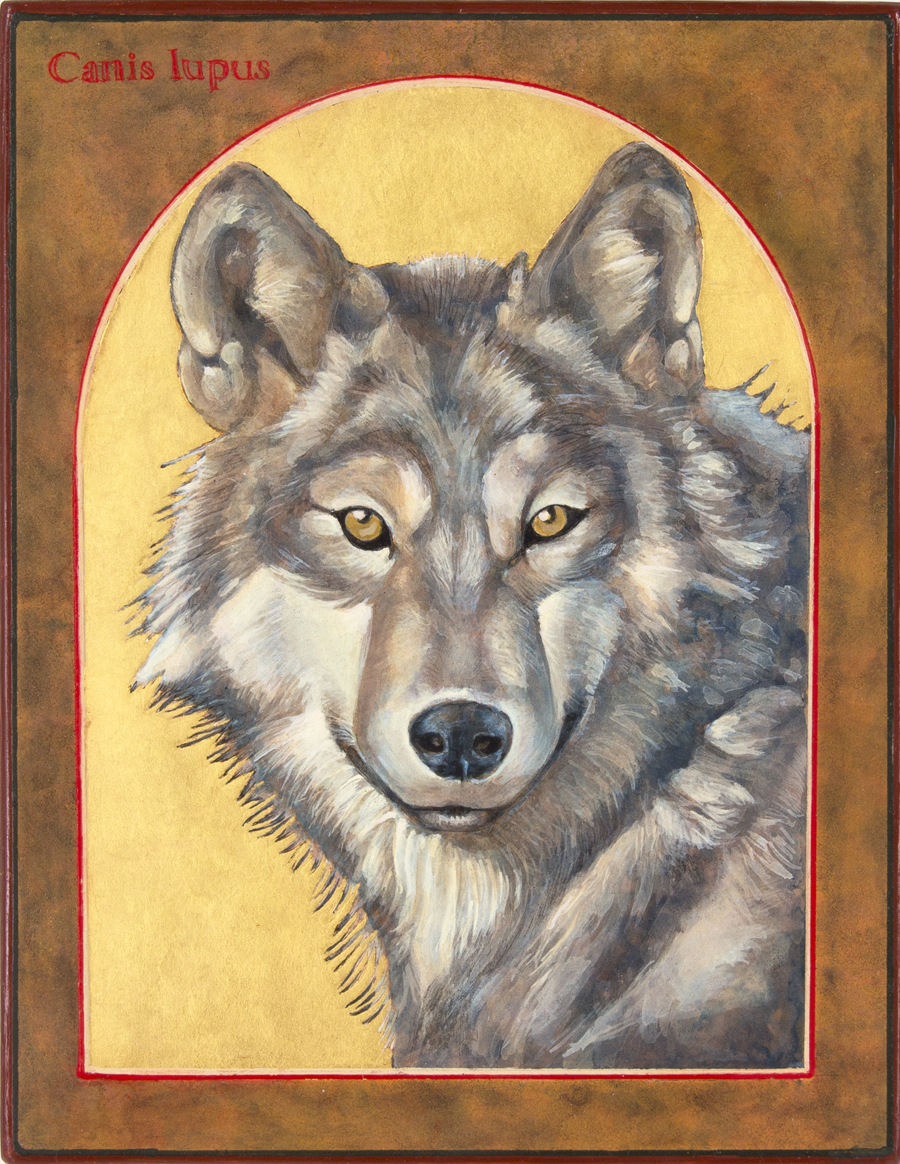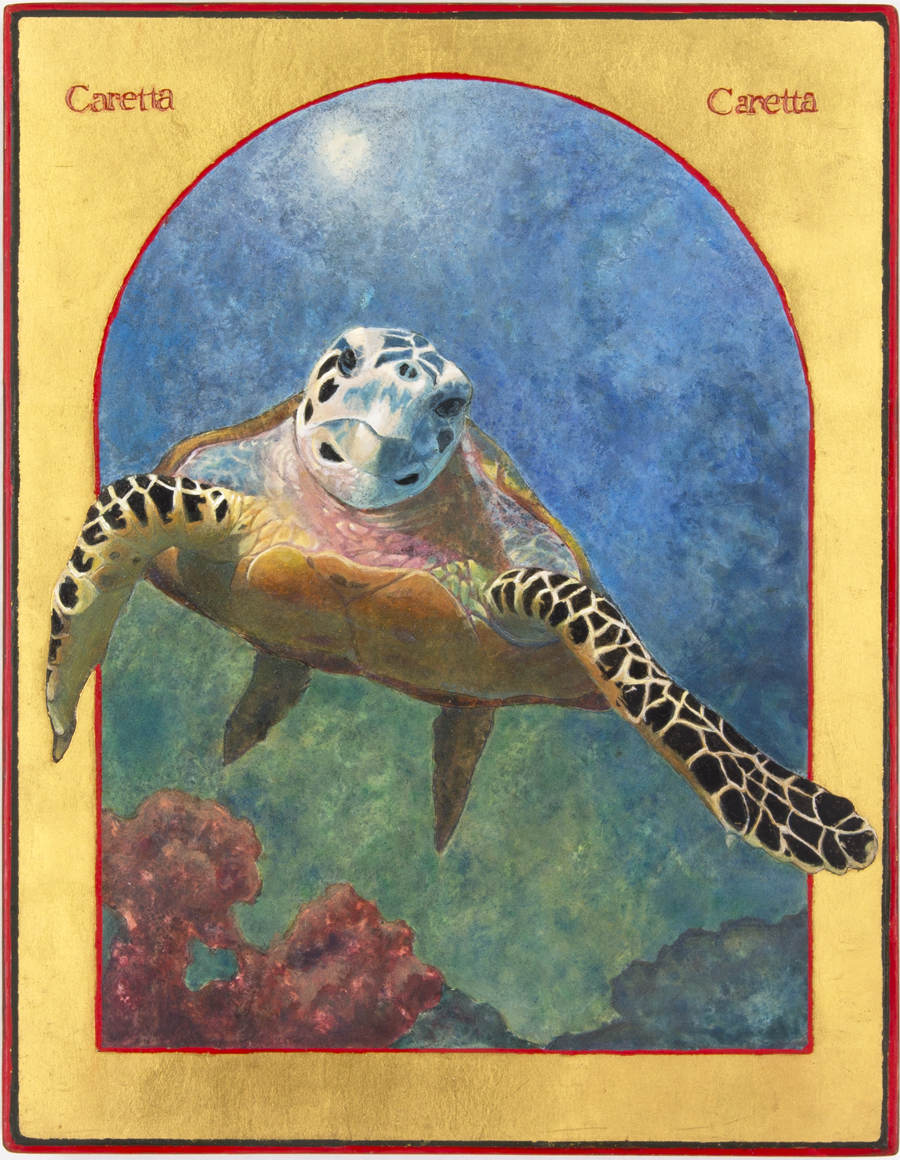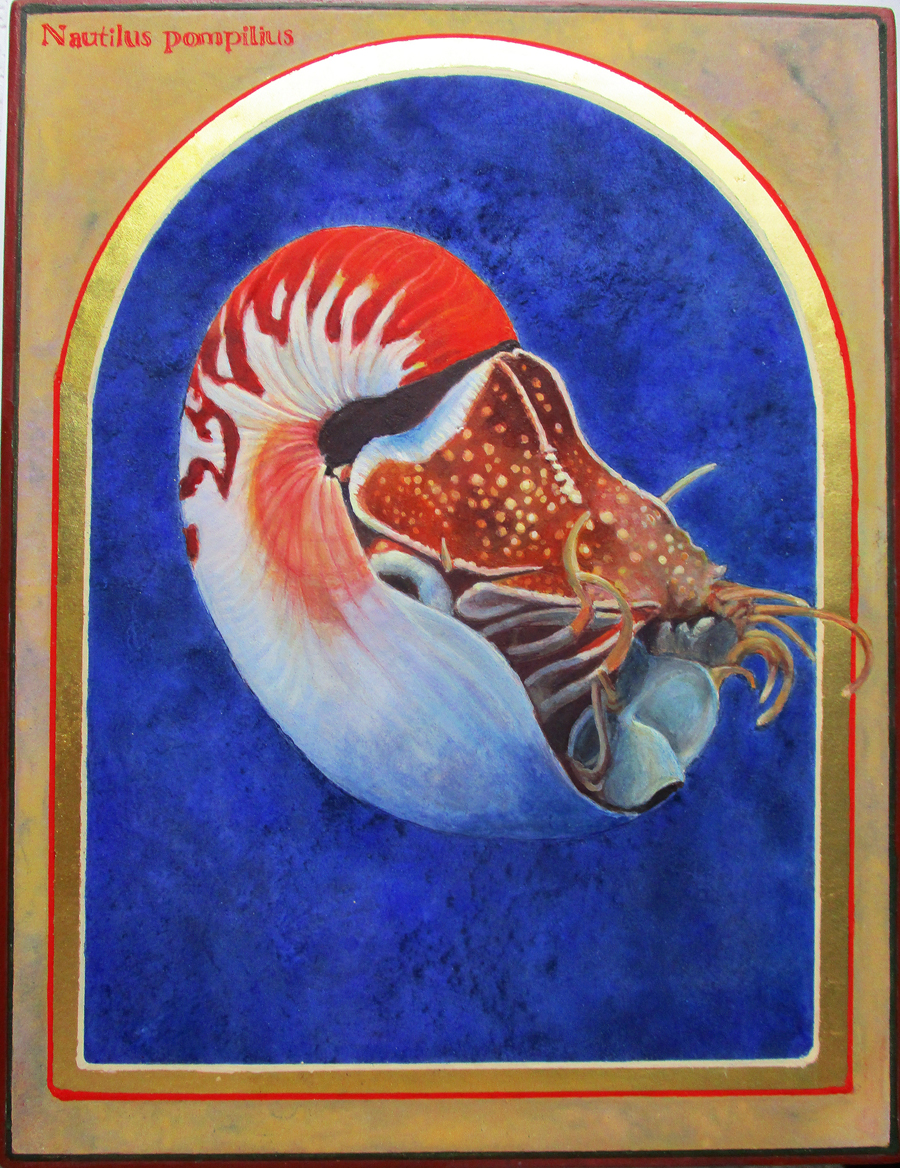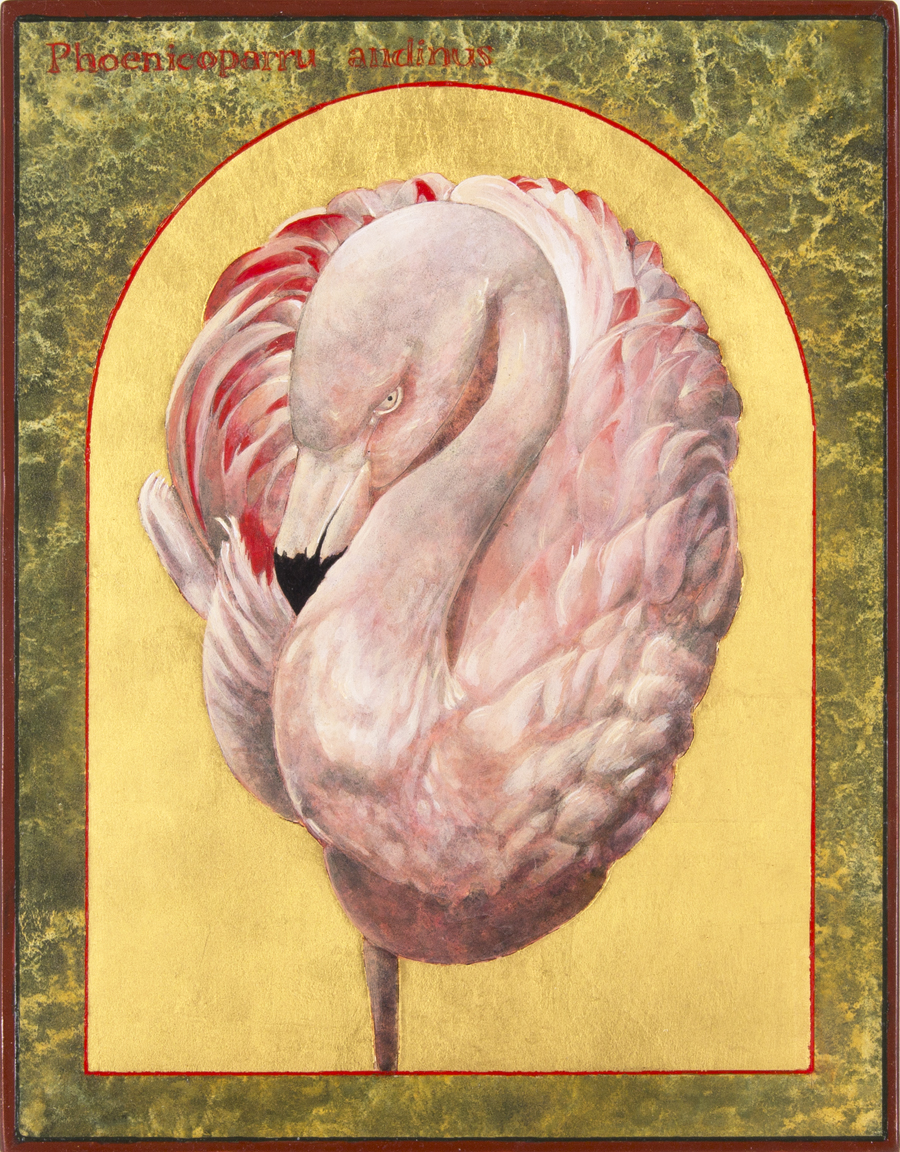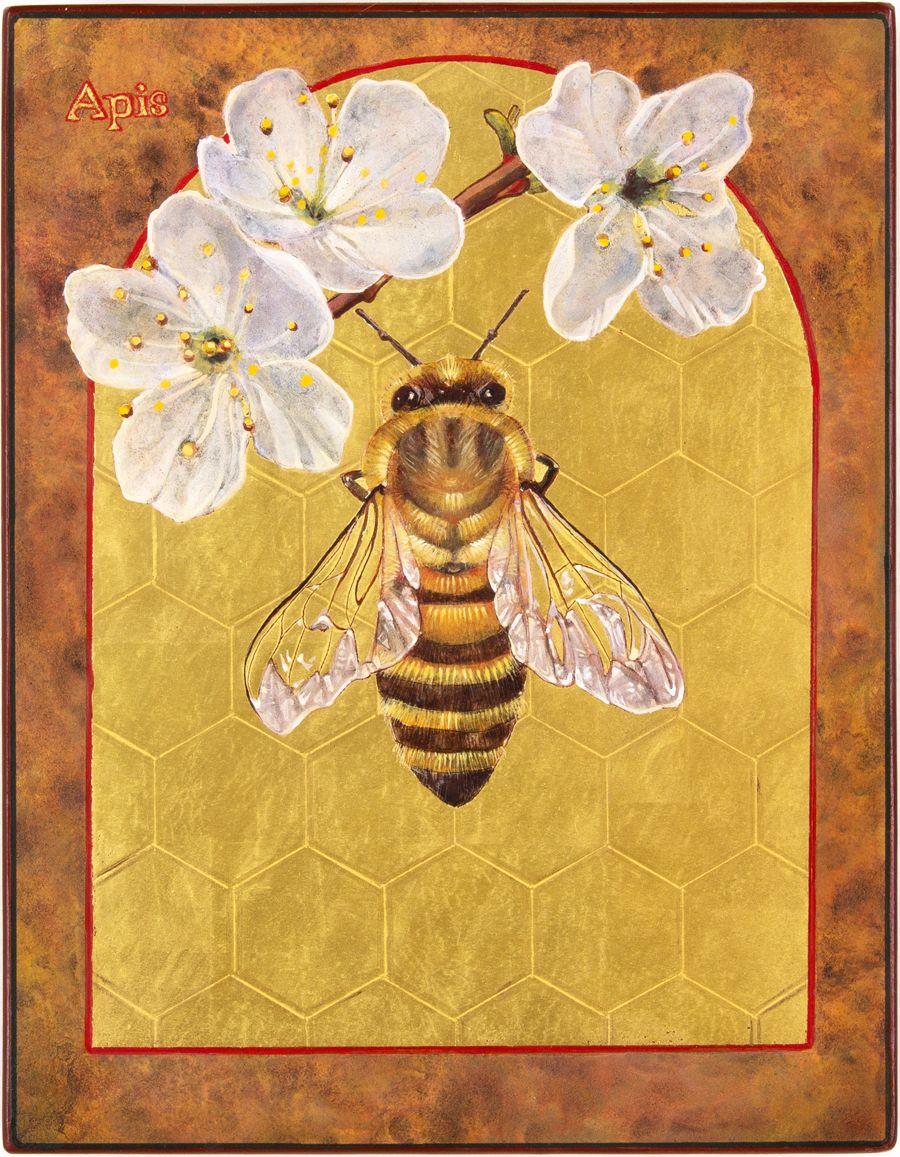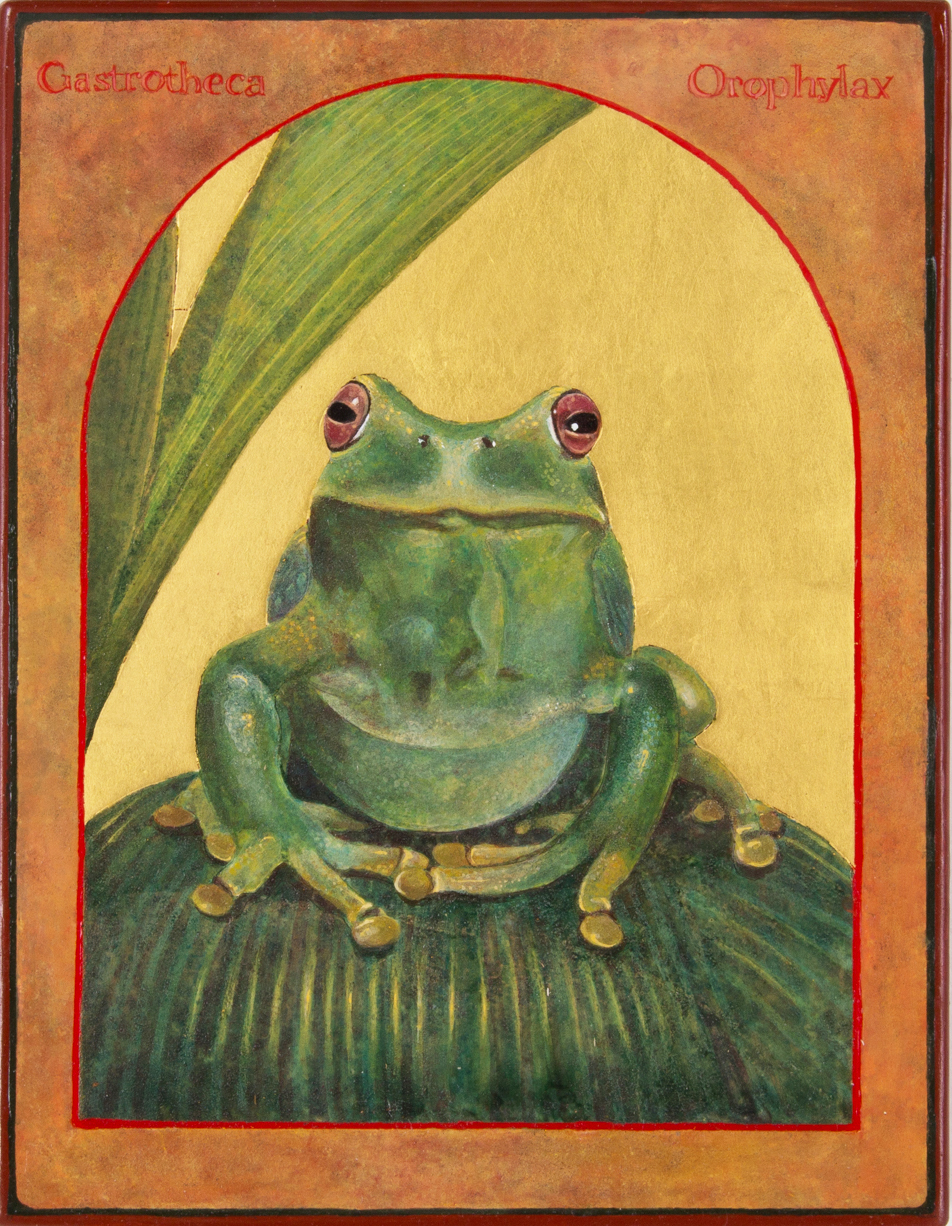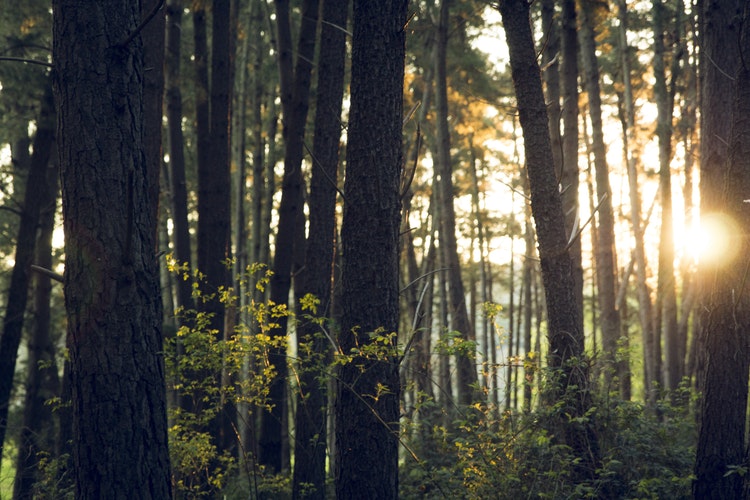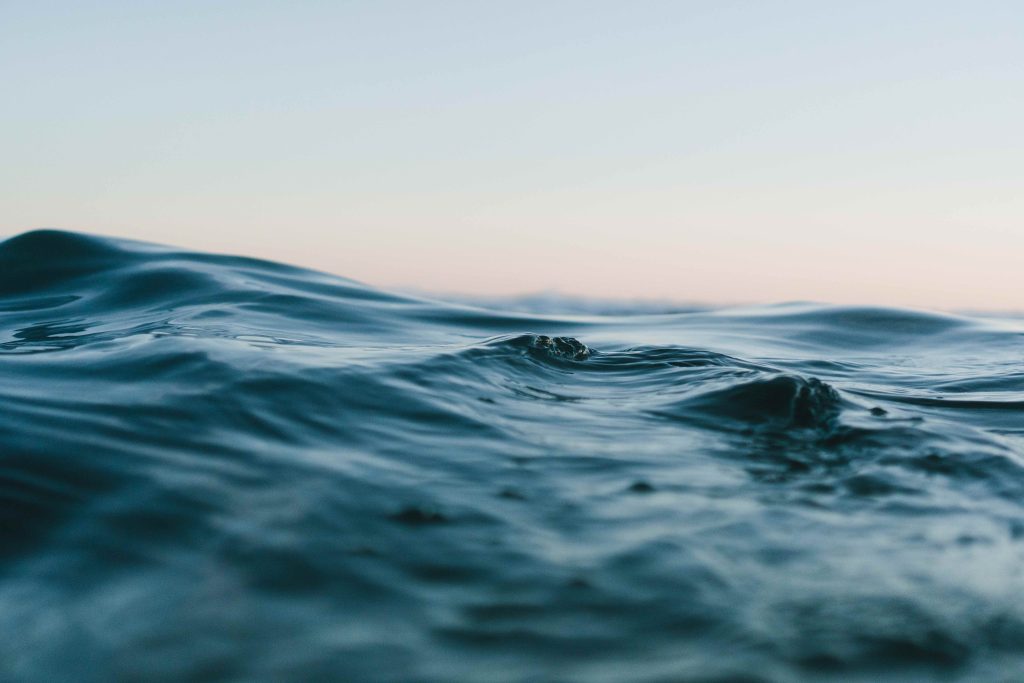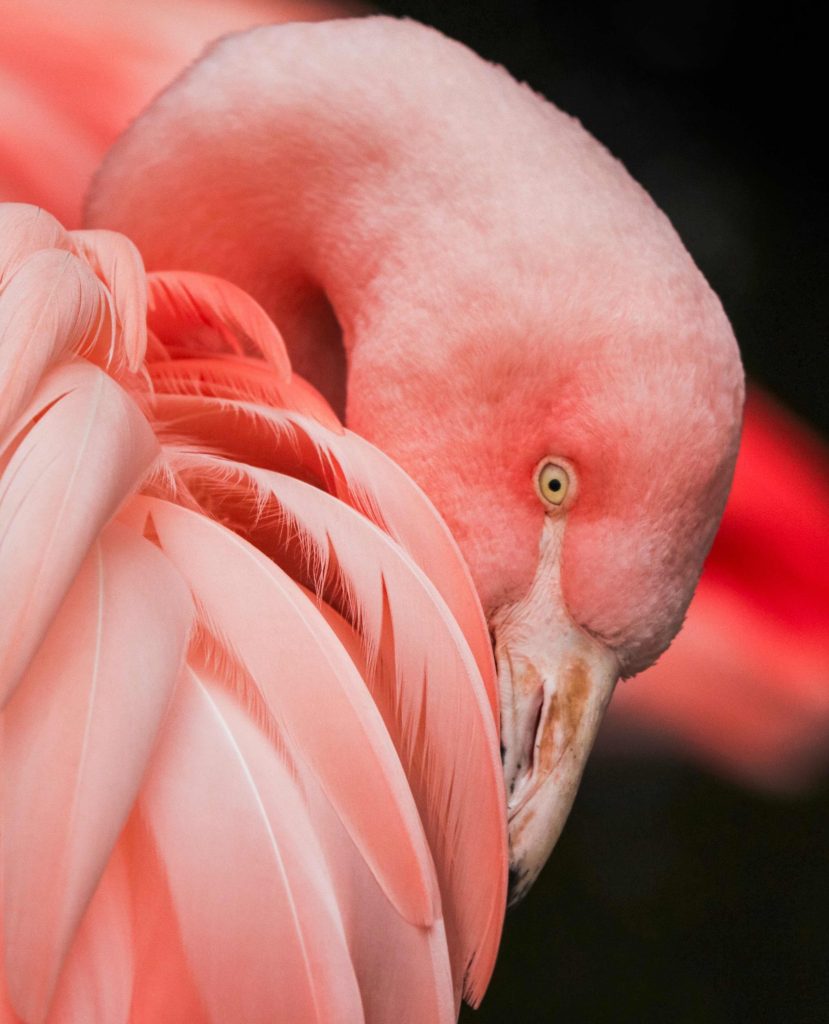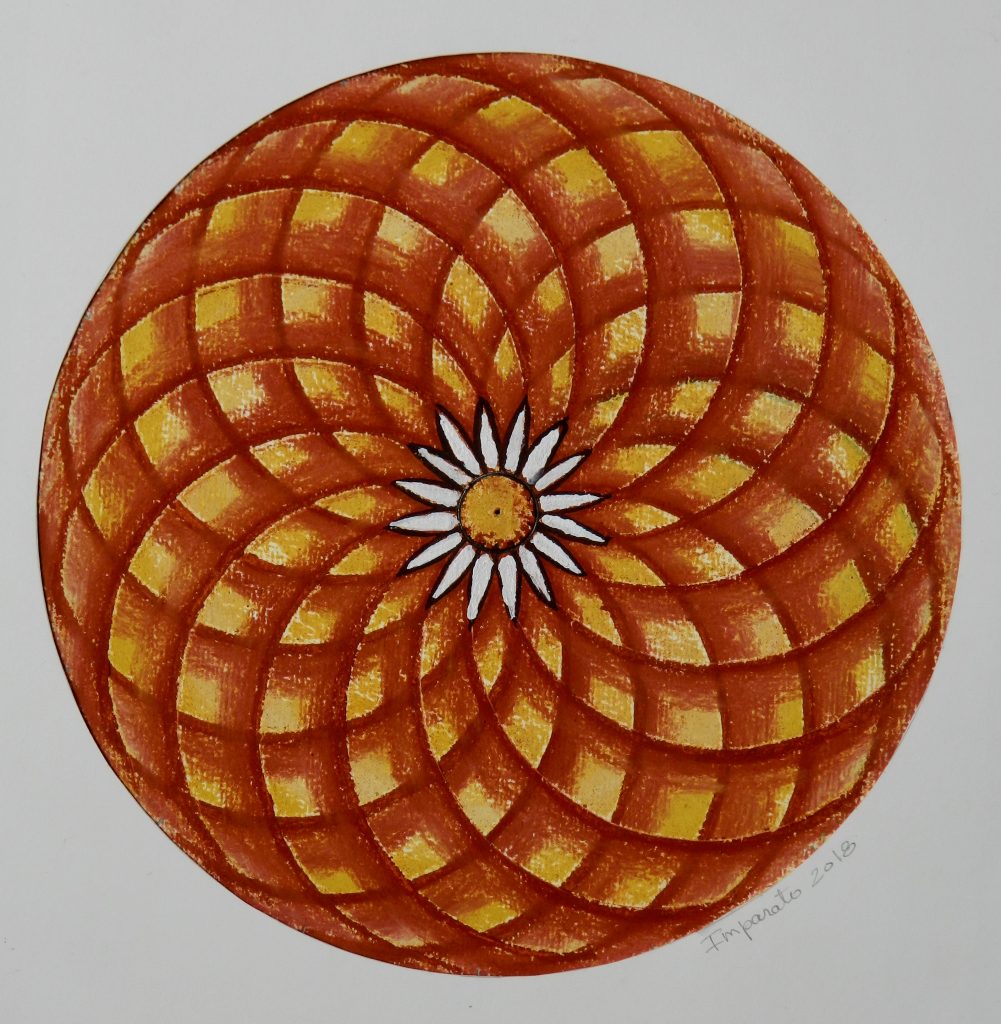Venerating the Sacred | Art as Cultural Therapy
Featured Image: Puma Concolor Coryi | The Florida Panther
A reserved, stealthy predator of enormous physical grace and power, the Florida panther is one of the most majestic large felines in the wild. While jaguars roamed as far east as Louisiana, and pumas were widespread from the East to the West coasts, today the Florida panther is the only large feline remaining in the Southeast. Once found throughout the southeast United States, the Florida panther now is critically endangered, occupying only a small area of South Florida, about 5 percent of its former range, and it numbers just 100 to 120 individual cats. Source: Center for Biological Diversity
Artist’s Statement
Icons— those ancient paintings we see in museums and Christian Orthodox Churches— expressions in symbolic form of the teachings of the saints, ascetics and leaders of the Church throughout the centuries. In the Orthodox tradition, they are considered scripture in images and “windows to the Divine.” Their function, through their contemplation, is to draw us closer and connect us to the numinous world behind all phenomena.
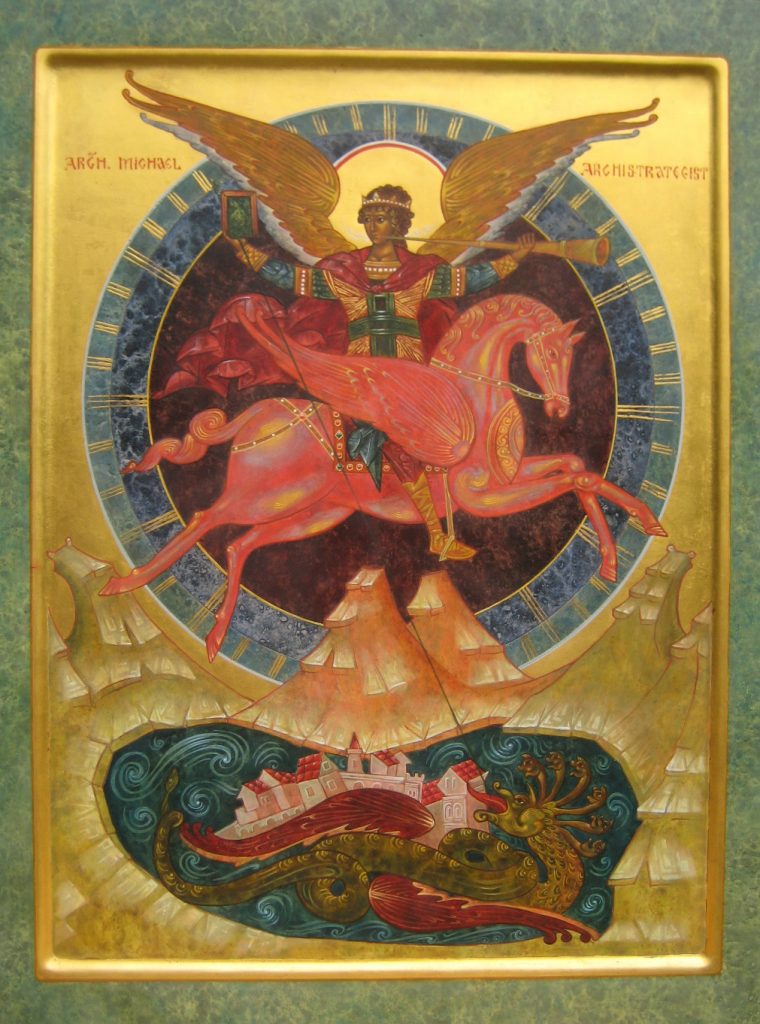
I have been a practitioner of this ancient art form for nearly thirty years. I experience it as a joy and a transformative experience. While the iconographer is creating these prescribed images on the icon board, s/he is is steeped in these ancient teachings. The flow of the pigments, working with gold leaf, are in themselves healing.
Soon into my practice however, as an informal student of the great geologian Thomas Berry, I couldn’t help but feel that something profound was missing from this venerable tradition.
It was the anthropocentrism which felt increasingly confining to me, where nature is consigned to the backdrop for the human drama and our journey to an intimate, creative relationship with the Divine.
The problem as I saw it was that things were backwards: The Book of Nature is primary; it comes before written Scripture. Watching the Natural World unravel before me, and seeing humanity’s utter disregard for the Earth itself, with exceptions of course, I felt it was time to expand this tradition to include the Natural World.
Hence my ongoing project of contemporary icons, Sacred Icons of Threatened and Endangered Species. Each image is made with the same method and materials in creating traditional iconographic images. Like the traditional images, they are meant to be contemplated in order to experience the divine origin of these other-than-human beings.
These works are a form of Cultural Therapy, needed in order to transform our behavior toward Nature, from a use relationship to one of communion and caring. In addition to the aim of changing consciousness, this project transforms contemplation into action. Fifty percent of the sale of each work benefits the Center for Biological Diversity, an organization that fights tirelessly to secure a future for all creatures great and small.
If I could sum up the spirit behind my work, it is expressed in this passage from Thomas Aquinas’ Summa Theologica,
Because the divine could not image itself forth in any one being, it created the great diversity of things so that what was lacking in one would be supplied by the others and the whole universe together would participate in and manifest the divine more than any single being.
Lupus Canis | The Grey Wolf
Egg Tempera & Gold Leaf on Wood
This iconic mammal of the Western US had a promising comeback until recently, when the U.S. Fish and Wildlife Service announced plans to strip gray wolves of their protection under the Endangered Species Act across the lower 48 states. This proposal, which would allow trophy hunting, will slow or completely halt recovery of wolves in more of their former range and would be a death sentence for grey wolves across the country.
Source: Center for Biological Diversity
Caretta Caretta | The Loggerhead Sea Turtle
Egg Tempera & Gold Leaf on Wood
Sea turtles are an ancient species, about 110 million years old. This sea turtle is listed as Critically Endangered. The major threats to their existence are plastics which they ingest mistaking them for food and oil spills. Many areas where drilling is occurring or is being considered are critical sea turtle habitats. Other serious threats are the accidental catching of turtles in commercial fishing gear and oil on beaches that pollute hatchling and nesting areas.
Source: Oceana.org, World Wildlife Federation; NOAA
Nautilus pompilius | The Chambered Nautilus
Egg Tempera & Gold Leaf on Wood
The Chambered Nautilus has been around for about 500 million years – even before the dinosaurs. And now, it is endangered. The main threats are over-harvesting, habitat loss, and climate change. One serious climate change-related issue is ocean acidification, which affects the nautilus’s ability to build its calcium carbonate-based shell.
Shells are used to make handicrafts, buttons, and jewelry, while the meat is consumed and live animals are collected for aquariums and scientific research.
Source: Center for Biological Diversity; Thoughtco.com
Phoenicoparru Andinus | The Andean Flamingo
Egg Tempera & Gold Leaf on Wood
This beautiful, graceful flamingo’s range spans numerous countries in South America – Argentina, Peru, Bolivia, Chile and Brazil. It is listed “Vulnerable,” which is just shy of Endangered. Threats to their existence are mining and quarrying, human intrusions and disturbance to habitat from recreational activities, climate change and severe weather – droughts, storms and flooding.
Source: IUCN Red List
Apis | The Honey Bee
Egg Tempera & Gold Leaf on Wood
This industrious, iconic insect gives humans so much in the way of their honey, pollen and irreplaceable work as pollinators. They are severely threatened due to the use of toxic pesticides, destruction of habitat and lack of forage due to monocultures.
The most worrisome threat is the agricultural use of toxic chemicals – of a class of insecticide called neonicotinoids, which have been found to short-circuit bees’ memory and navigation. Without bees and other pollinators, coffee, apples, almonds, tomatoes and cocoa to name just a few of the crops would be wiped out.
Source: United Nation’s Food and Agriculture Organization
Gastrotheca Orophylax | The Marsupial Frog
Egg Tempera & Gold Leaf on Wood
Because of their permeable skin, Amphibians are particularly vulnerable to environmental disturbances, from chemical pollution to the thinning ozone layer and global climate change.
Listed as Endangered, this Andean marsupial frog’s natural habitats are subtropical or tropical moist mountain forests and arable land. Threats to this species are habitat alteration and loss, Deforestation, or logging related activities, Intensified agriculture or grazing, Urbanization, Local pesticides, fertilizers, and pollutants, Disease, Climate change, increased UVB (Ultraviolet B-rays) or increased sensitivity to it.
Source: amphibiaweb.org



